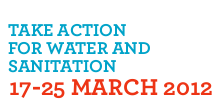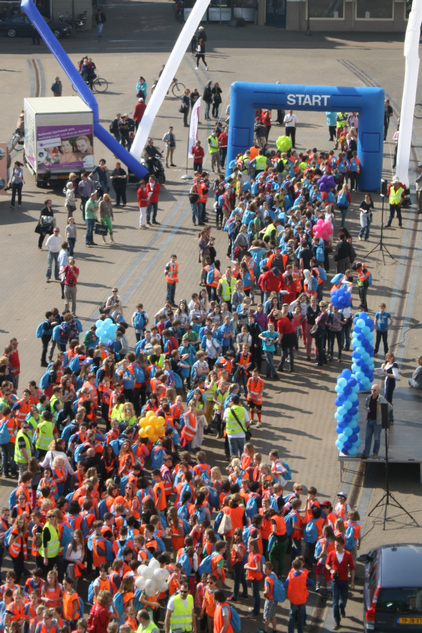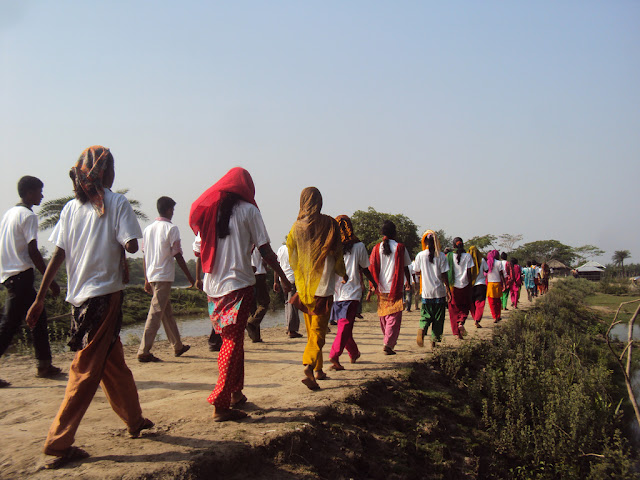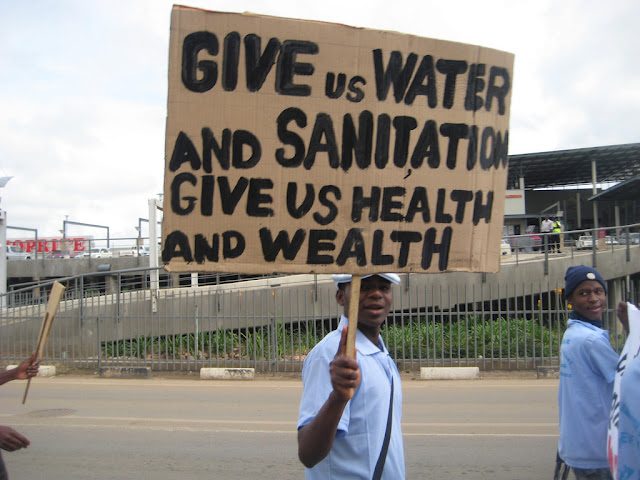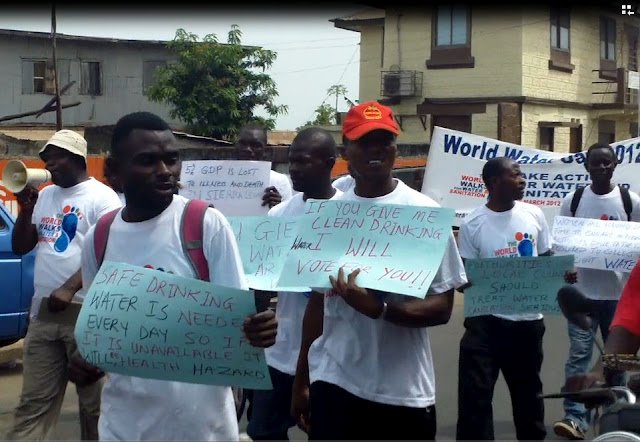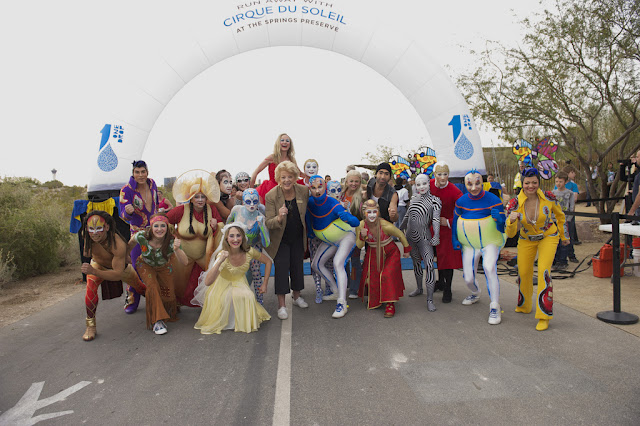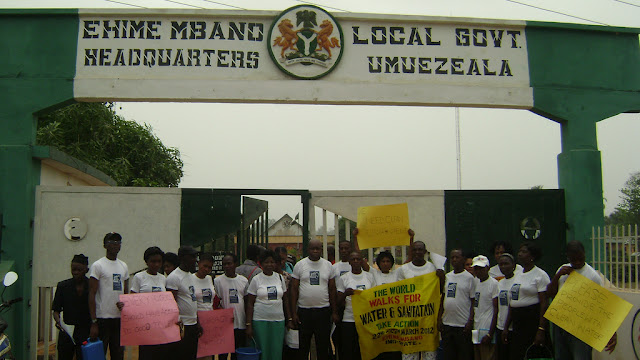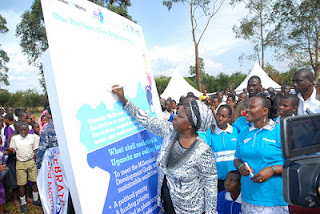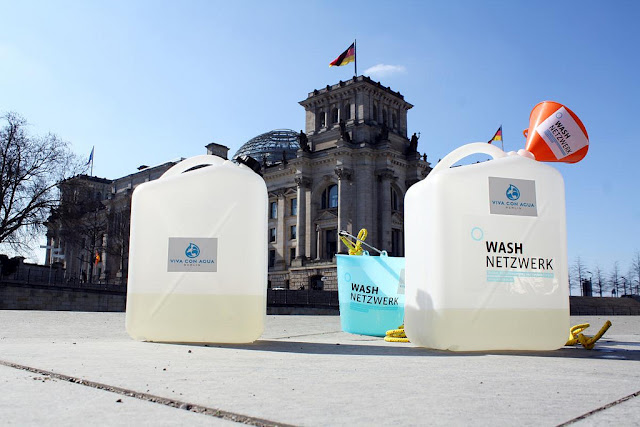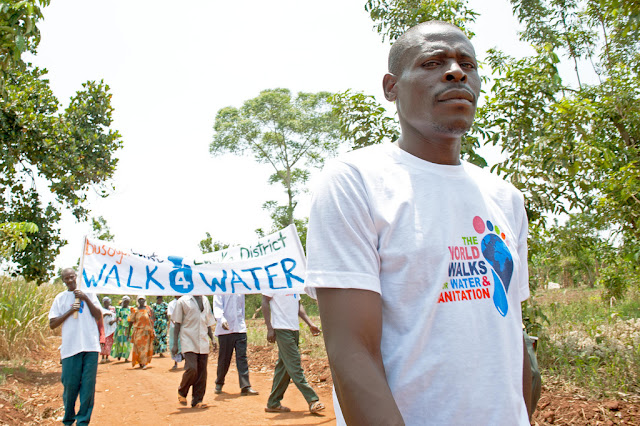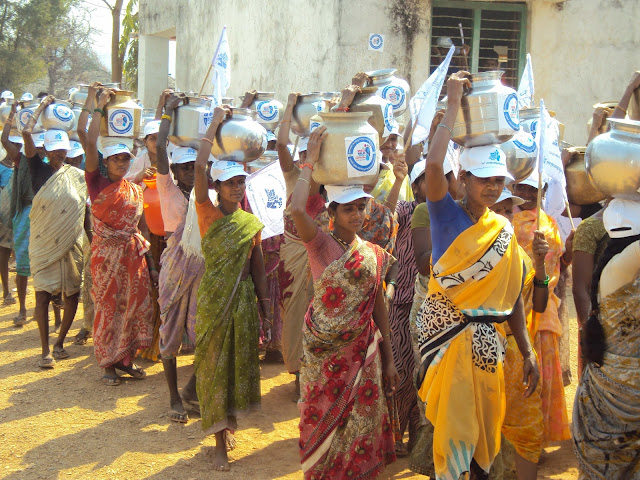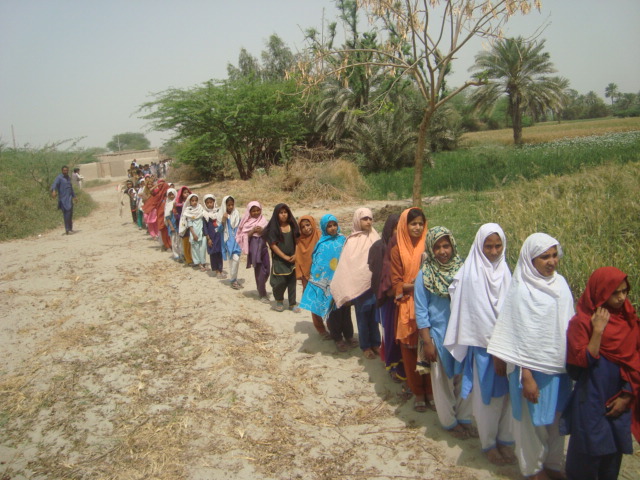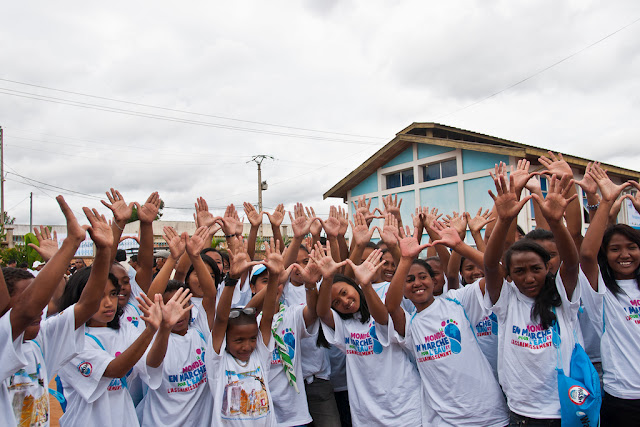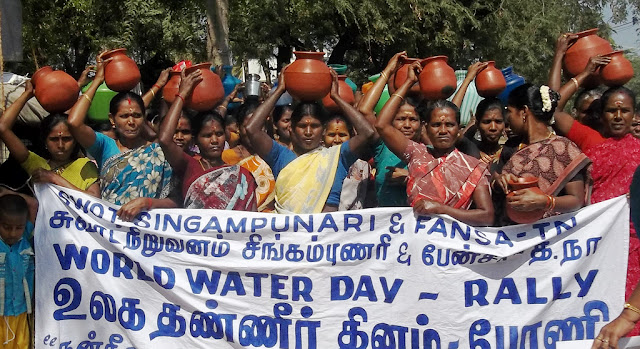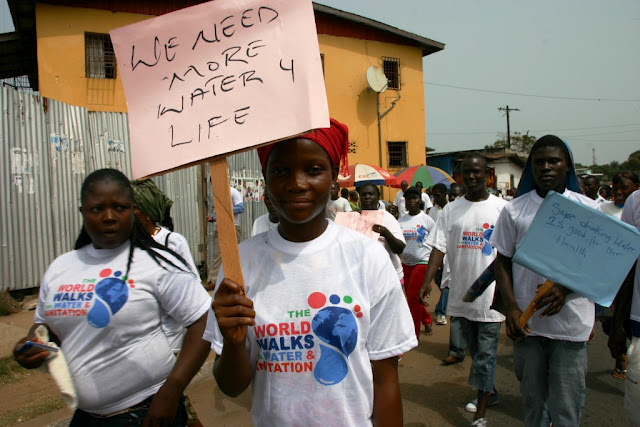News
Winners of the best Walks for Water and Sanitation photo competition revealed!
Wednesday, 30th May 2012, 11:48am
In Uganda, walkers met with their Minister for Water and Environment, Hon.
Maria Mutagamba who gladly signed their civil society petition asking for a greater commitment to water and sanitation!
Discover more
- Nuovi Casino Online 2025
- Casinos Not On Gamstop
- UK Online Casinos Not On Gamstop
- UK Casinos Not On Gamstop
- Gambling Sites Not On Gamstop
- Casino Sites Not On Gamstop UK
- Betting Sites Not On Gamstop
- Slots Not On Gamstop
- Casinos Not On Gamstop
- UK Casino Not On Gamstop
- UK Online Casinos Not On Gamstop
- Non Gamstop Casino Sites UK
- Non Gamstop UK Casinos
- UK Casinos Not On Gamstop
- Gambling Sites Not On Gamstop
- Best UK Casino Sites
- Non Gamstop Casino
- Casino En Ligne France
- Non Gamstop Casino
- Betting Sites
- Best Online Casinos
- Non Aams Casino
- Casino Online Non Aams
Comments
No commments yet. Be the first to add one!
From the World Walks for Water and Sanitation to the High Level Meeting - making positive change happen!
Tuesday, 1st May 2012, 12:45pm
Comments
No commments yet. Be the first to add one!
SWA High Level Meeting Press Release!
Friday, 20th April 2012, 11:20pm
Washington, DC, April 20, 2012 – World leaders from 40 countries commit to ending water and sanitation crisis at historic meeting
End Water Poverty welcomes the commitments made at the Sanitation and Water for All High Level Meeting. More and better targeted funding is needed if these ambitious goals are to be reached.
An unprecedented number of Ministers of Finance, Development and Water from 40 countries, along with development banks and civil society, came together today for this historic meeting to accelerate efforts to bring clean water and safe sanitation to millions.
Ministers of Water, Sanitation, Environment and Health from across Africa and Asia announced that in each of their countries they will strive to decrease open defecation by 15%, improve access to water by 5% and increase access to safe sanitation by 7% by 2014. These promises would provide56 million people with safe drinking water and 78 million people with sanitation over the next two years (WaterAid figures).
Rudy Amenga-Etego, from the African Civil Society Network on Water and Sanitation (ANEW) who represented civil society at meeting said: “We’re pleased to see ambitious commitments being made to get water and sanitation to our citizens. We now need to see new funding, clear plans and better targeting to make sure these promises can be kept.”
Yakub Hossein, from the Freshwater Action Network South Asia (FANSA) said: “Only by working together, can we ensure that we start to see real progress for the poorest and most vulnerable communities. As civil society we commit ourselves to working together with governments and communities to tackle this crisis as well as ensuring that world leaders keep the promises they made today.”
Some developing countries went even further.
Crucially, developing countries called on donor countries to support them in reaching these ambitious targets by increasing resources and expertise for water and sanitation and better targeting aid to the poorest countries and communities.
Donor countries responded by making commitments of their own, with the
Dutch Minister for European Affairs and International Cooperation Ben Knapen announced a new initiative between the Netherlands and UK to bring water and sanitation to an additional 10 million people in nine countries in West and Central Africa. In all, the Netherlands intends to scale up its assistance to reach 25 million more people globally over the next four years.
Knapen said: “In the current economic climate we are not taking this decision lightly. We are giving a significant amount of money to UNICEF to help in this work, but when you count the health and economic benefits, and in particular the lives of children, the government of the
Andrew Mitchell, Secretary of State for International Development, said:“For too long, water and sanitation has not received the priority it deserves from the international community. That is why the Coalition Government will commit to helping over 60 million people access basic services, such as communal water pumps.”
Other donors followed suit with
USAID Administrator Rajiv Shah announced that USAID will join the Sanitation and Water for All Partnership. Australia will also join the partnership.
End Water Poverty welcomes these commitments but emphasises that there is still a funding shortfall if countries are to reach these ambitious targets and get water and sanitation to those most in need.
Rolien Sasse, CEO of Simavi in the
Comments
No commments yet. Be the first to add one!
More News Stories
-
Winners of the best Walks for Water and Sanitation photo competition revealed!
2 weeks, 2 days ago
-
From the World Walks for Water and Sanitation to the High Level Meeting - making positive change happen!
on 1/5/12
-
SWA High Level Meeting Press Release!
on 20/4/12
-
Live updates from SWA High Level Meeting in Washington!
on 19/4/12
-
Sector Ministers Meet today to prepare for tomorrow’s Sanitation and Water for All High Level Meeting!
on 19/4/12
-
Crucial Sanitation and Water for All High Level Meeting tomorrow
on 19/4/12
-
Raising awareness by Walking for Water and Sanitation in Pakistan!
on 16/4/12
-
1,200 walk in Sierra Leone!
on 16/4/12
-
European Commissioner for Development will attend the Sanitation and Water for All High Level Meeting!
on 12/4/12
-
The World Walks for Water and Sanitation in Timor-Leste!
on 12/4/12
-
Watch and share our new film!
on 12/4/12
-
World Walks for Water and Sanitation in Madagascar
on 4/4/12
-
FANSA-Kerala Chapter celebrates World Water Day 2012 by Walking for Water and Sanitation!
on 3/4/12
-
Walking in Liberia!
on 2/4/12
-
Hundreds walk for water and sanitation in Uganda!
on 2/4/12
-
How the World Walked for Water and Sanitation in Tamil Nadu!
on 30/3/12
-
Pakistan walks for water and sanitation!
on 28/3/12
-
Don't forget to send us your photos!
on 28/3/12
-
Nepal walks for water and sanitation!
on 27/3/12
-
Time to act: Water and Toilets for all schools in Kenya!
on 23/3/12
-
Walks for Water and Sanitation around the world in celebration of World Water Day!
on 22/3/12
-
World Walks for Water and Sanitation celebrations in Andhra Pradesh!
on 22/3/12
-
360,000 walk for water and sanitation!
on 21/3/12
-
News on the World Walks for Water and Sanitation in Nigeria!
on 21/3/12
-
Zambia walks for water and sanitation!
on 21/3/12

